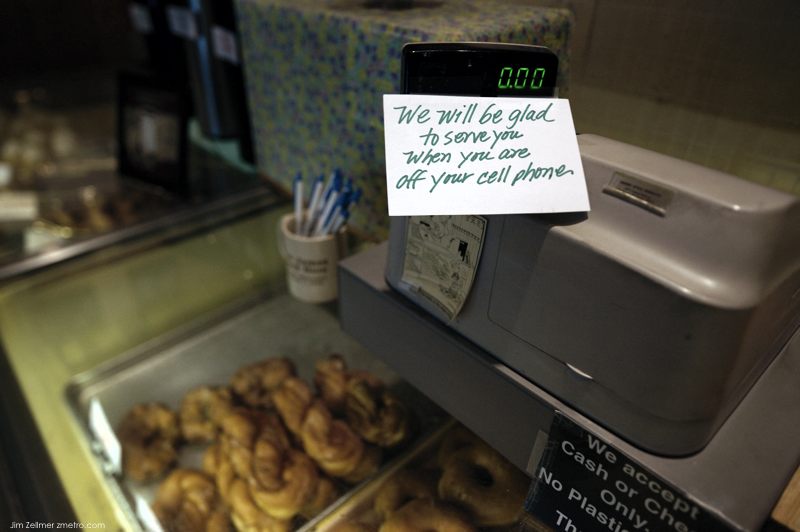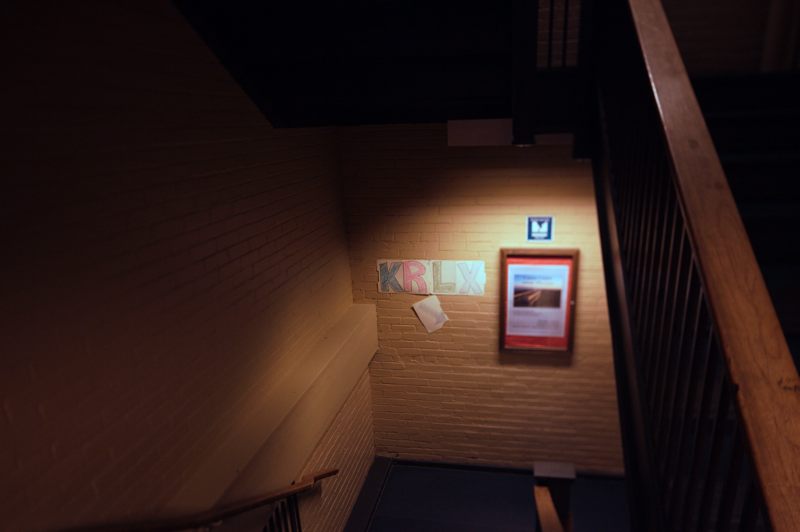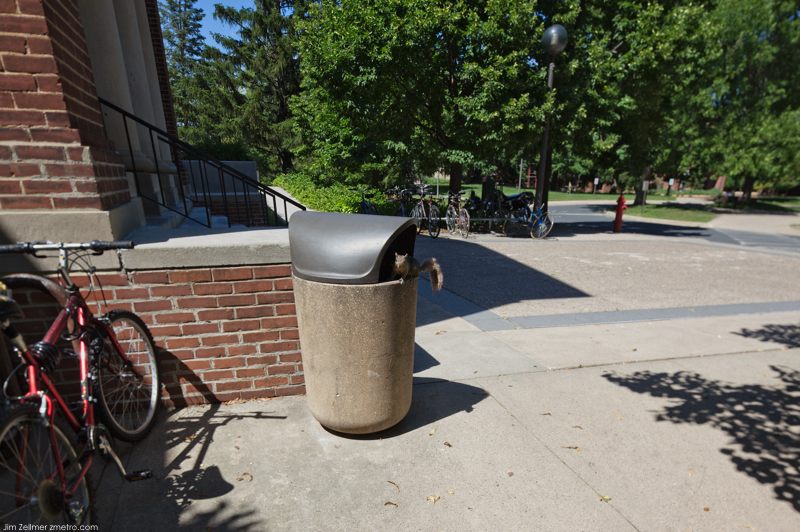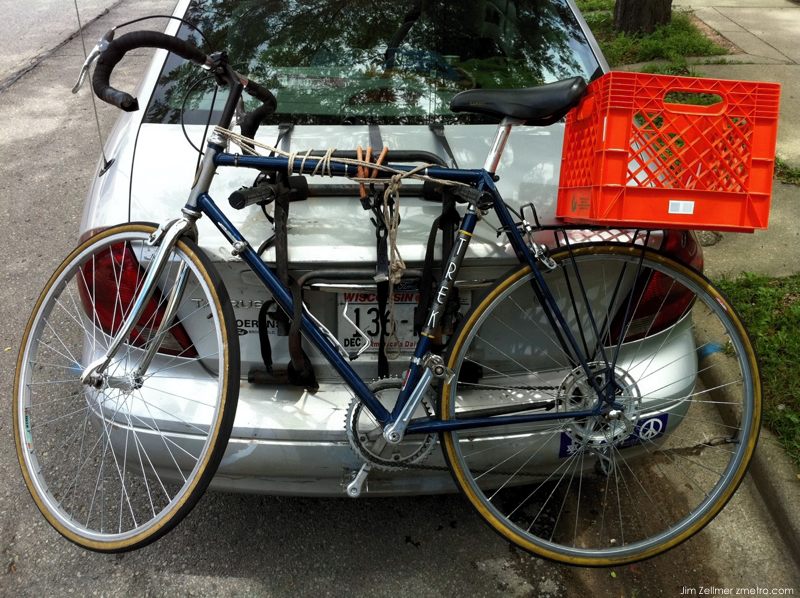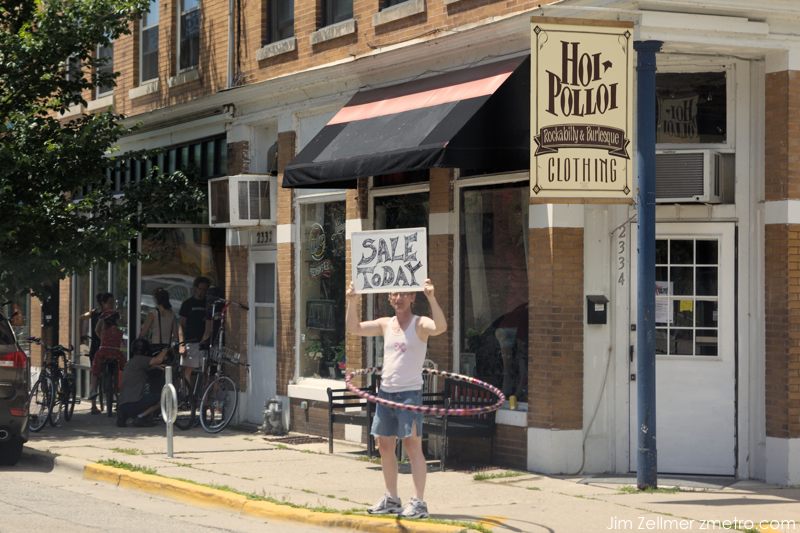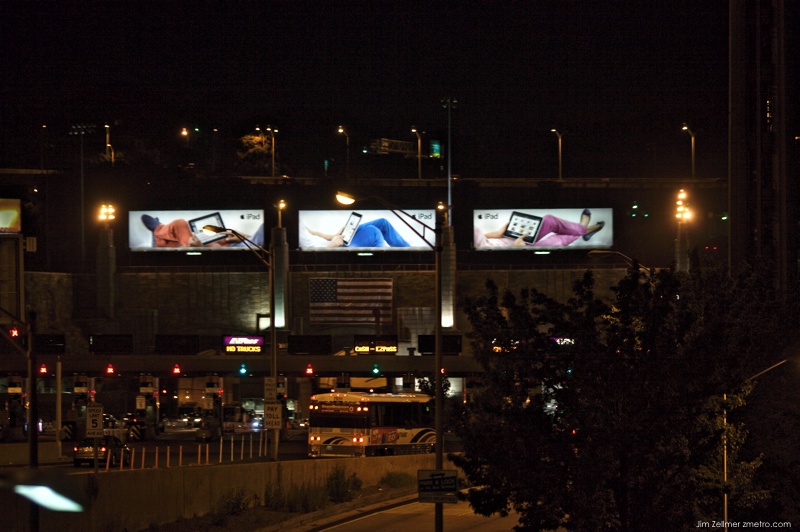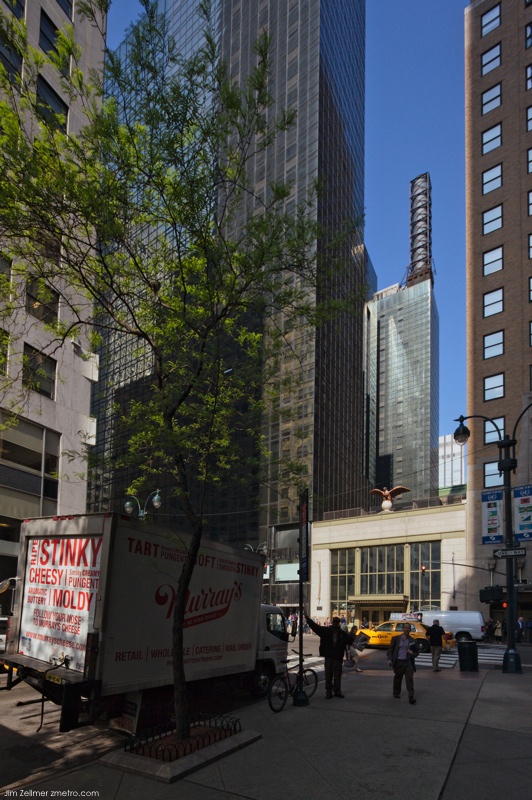I learned long ago the cruel but true principle: other people’s travel problems are not interesting.* Corollaries: other people’s traffic problems, and other people’s weather (“you won’t believe how hot/cold/dry/wet/windy it is here!”), also are not interesting. We feign sympathy, but as long as our own flight is on time, traffic on our highway moves along, the weather’s nice where we are, we don’t really care. (*Exception: unless the occasion for an otherwise-interesting travel narrative, from Paul Theroux to Atlantic site posts.)
Therefore I obviously am not “complaining” in mentioning that I got up before 5:30am today to get an 8:15am flight out of Dulles, only to find an email from the airline saying that the flight had been delayed to 10:45. The inbound flight — from Dubai! — is late, and there are no spare planes to go on to San Francisco. OK — gladder to know now than before leaving the house for the airport, though ideally it would have great to know last night. Nothing to be done. But it was a serendipitous intro to the very next item in the email inbox: a report on how substantially airline capacity continues to be cut. There just are fewer flights anywhere, and more of them are full, than in yesteryear.
Airlines have been very successful at using information technology to slice and dice pricing and demand. Overall, fares are certainly up for most travellers….

